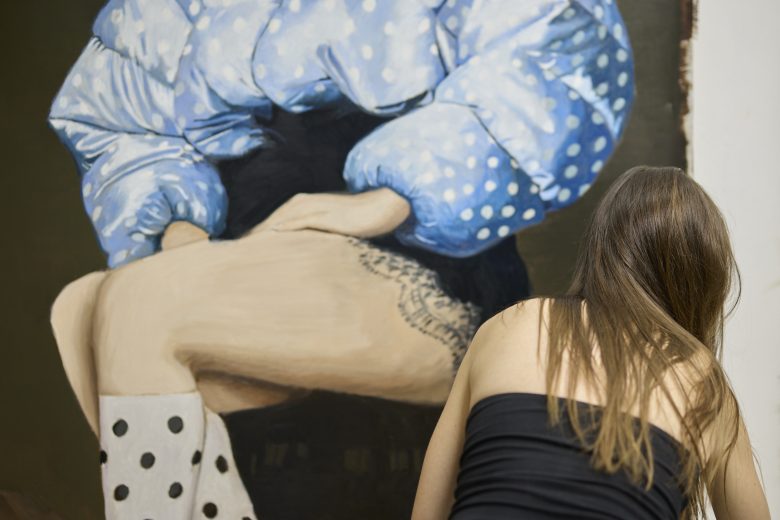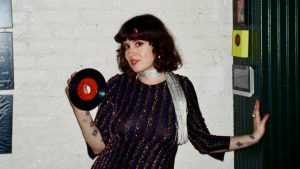It’s been just over a week since Lily Allen surprised us with West End Girl – the divorce album to end all divorce albums. As well as leaving us all wondering “Who is Madeline?!”, the record has also introduced the world to Nieves González, the visual artist behind its cover.
Nieves and I caught up to chat about her creative process, inspirations, and what it’s like seeing her art take centre stage on one of 2025’s most talked about records.
Tell us a little about yourself:
I’m Nieves González, a painter. My work stems from pictorial tradition, but always with the intention of breaking to create something contemporary. I’m interested in images as places of tension, in how they’re constructed and what they mean today. I find it fascinating how painting can be both classic and contemporary at the same time, seeking for each work to start a conversation between those two worlds, without losing its descriptive power.
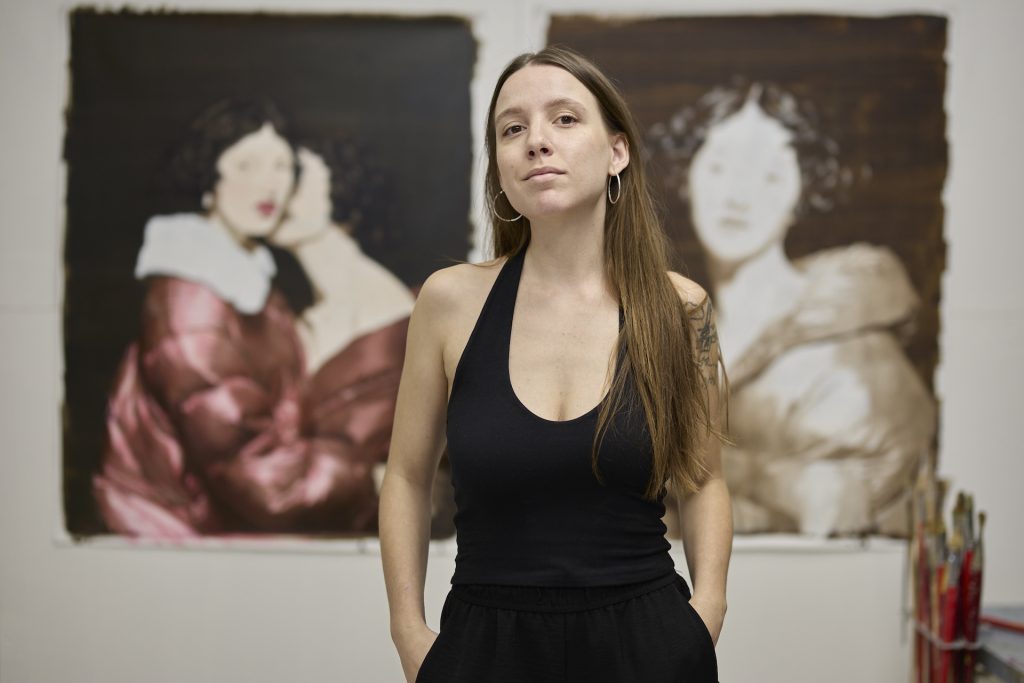
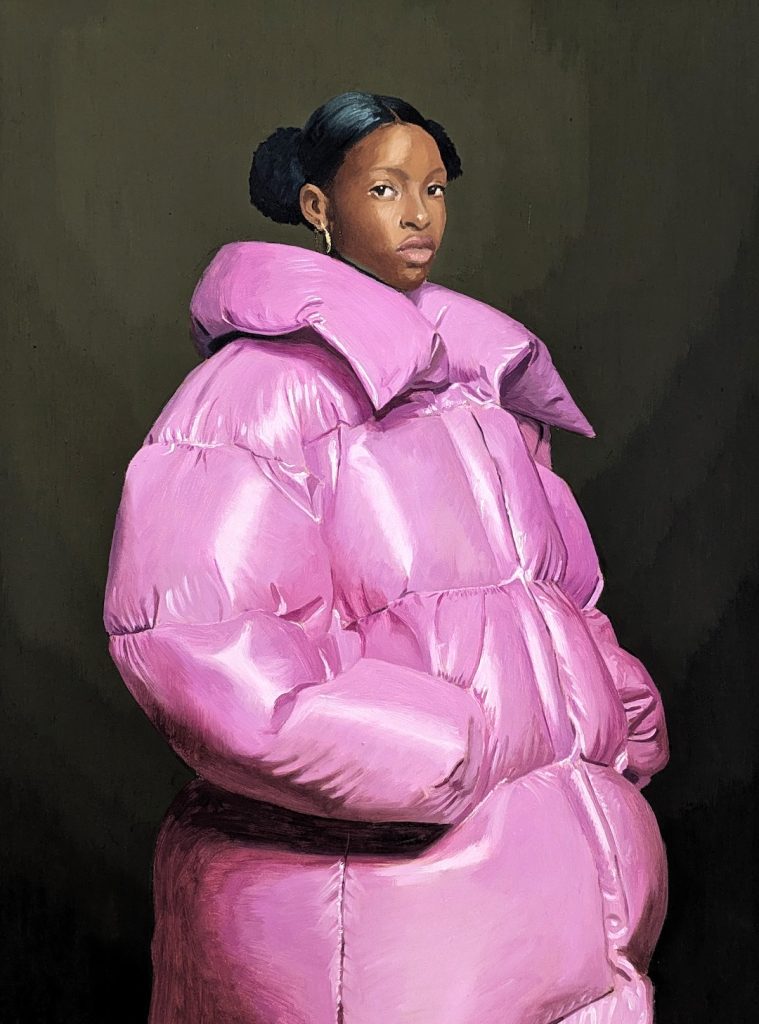
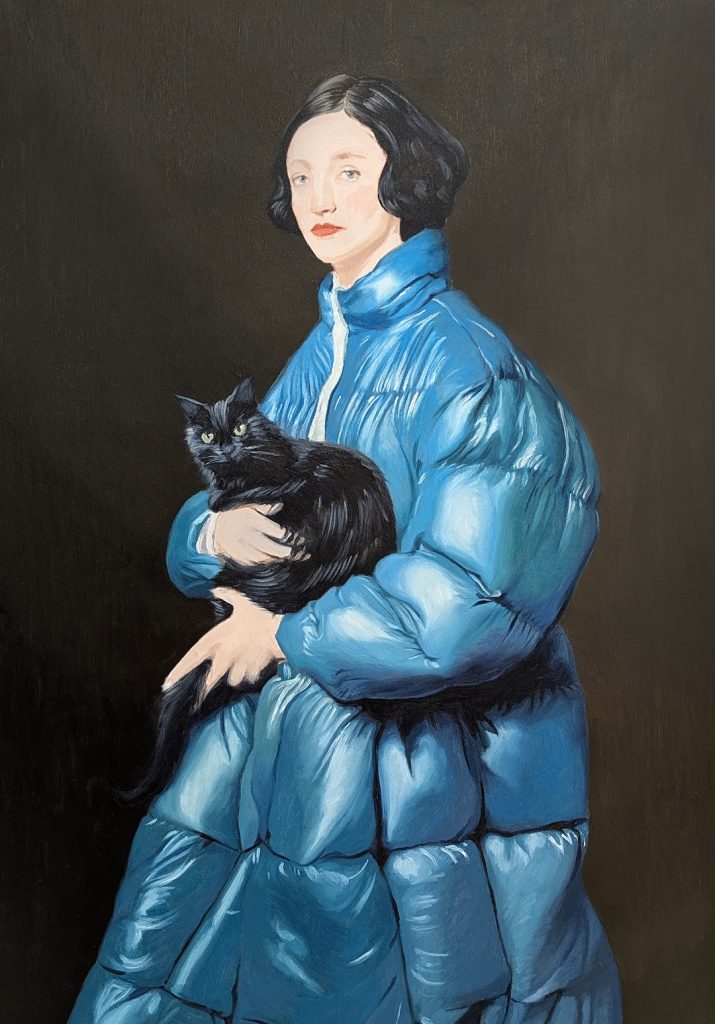
Your work for Lily Allen’s West End Girl album cover is so impressive. How did the project come about?
They contacted me through social media. Creative director Leith Clark knew my work and thought it would be a good fit to create the album cover for West End Girl. I was eager to work with Lily because her way of storytelling through music has a lot of personality and authenticity. I felt very connected to that aesthetic, a mix of nostalgia and modernity. I decided the process would be very honest and natural.
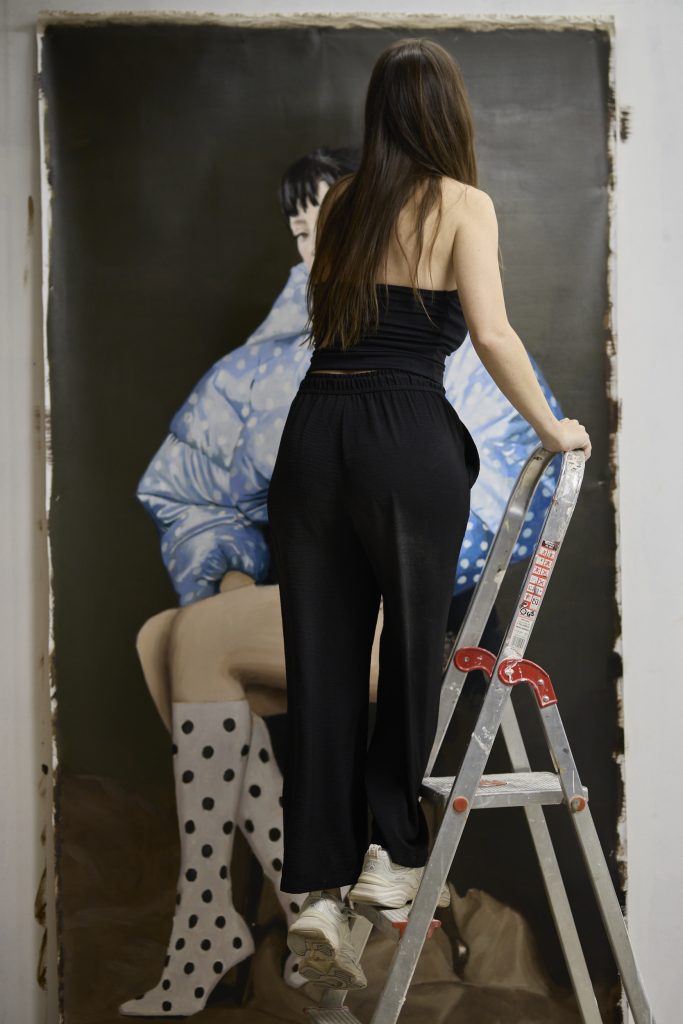
Can you walk us through the creative process for the cover, from initial concept to final design?
They had a very clear stylistic direction for the project. From there, my job consisted of translating that concept into the language of painting. We didn’t talk about a concrete photograph or a specific image that you’d interpret from; you work from what you feel. I tried several sketches to test how to balance composition and light, searching for the image to have a certain rhythm and tension, seeking where the painting would mark the rhythm and tone until reaching the final result.
What influenced your creative choices for this cover?
More than the album itself, what influenced me was the general idea of the project and what Lily represents. Taking that initial concept, how she makes her music and what she wants to say, I brought it beyond just music. I was guided by intuition and coherence with my own work, seeking to create something that felt authentic.

What sets the design for vinyl apart from other physical formats or creative projects you’ve worked on?
In a way, it was the same difference. In the end, I’m also working from painting, with the same interests and processes. But in this case there was something shared: it wasn’t just about what I was doing at that moment, but creating an aesthetic universe for Leith and Lily’s language and Lily’s presence. It was a balance between three distinct universes that had to coexist in a single piece of character.
“A cover can say a lot even before you listen to a single note”
What do you feel knowing your work is now part of music history?
It’s a very beautiful sensation. Coming from the art world and seeing a painting turned into an object that’s consumed differently. We haven’t gotten used to the format, not just for the music but for what it represents as an object: something you can hold in your hands in a record store. It’s a portable object that will accompany someone’s experience, that someone will keep while listening to the record and read it. There are also many layers in how this project has been perceived in its entirety, and I haven’t lost sight of any of it.
In your opinion, what role does album cover design play in the listener’s experience?
As a vinyl consumer, I took design very much into account. Many times we discover groups or artists through their covers, and I think it’s the first window into their universe and what they want to say. It’s an essential part of how we perceive music. A cover can say a lot even before you listen to a single note, and I think that power of the image to represent and accompany is fundamental.
Check out Nieves’ portfolio over on Instagram. West End Girl gets its physical release in January.
